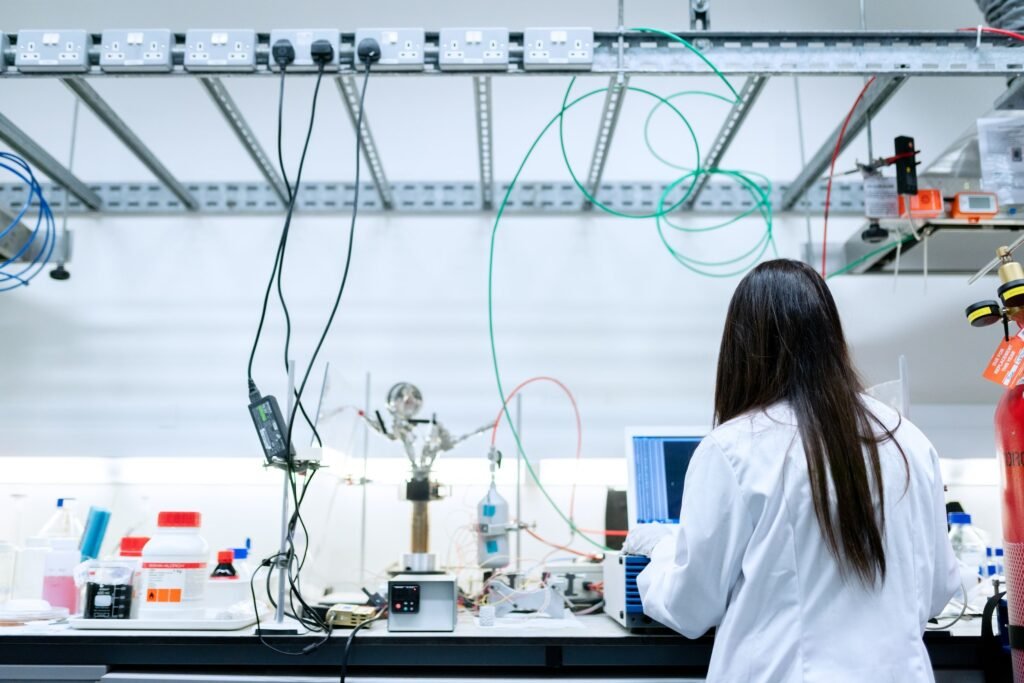Pharmacokinetic-pharmacodynamic (PK-PD) modeling is an essential tool in drug development, as it allows researchers to understand and predict the relationship between a drug’s pharmacokinetics (how the body absorbs, distributes, metabolizes, and excretes the drug) and its pharmacodynamics (the drug’s effects on the body). PK-PD modeling is used to optimize dosing regimens, predict drug-drug interactions, and identify potential toxicities.
In this blog, we will explore two case studies that demonstrate the value of PK-PD modeling in drug development.
Case Study 1: Dosing Regimen Optimization
A pharmaceutical company was developing a new drug for the treatment of hypertension (high blood pressure). The drug had a relatively short half-life, so the company needed to determine the optimal dosing regimen to maintain effective blood pressure control.
The company conducted a PK-PD study in healthy volunteers to optimize the dosing regimen. The study measured the drug’s plasma concentration-time profile and its effect on blood pressure over time. The PK-PD data were then used to build a PK-PD model that predicted the relationship between the drug’s plasma concentrations and its blood pressure-lowering effect.
Based on the PK-PD model, the company was able to identify the optimal dosing regimen that provided sufficient drug exposure to maintain effective blood pressure control without increasing the risk of adverse effects.
Case Study 2: Drug-Drug Interaction Prediction
A biotech company was developing a new monoclonal antibody for the treatment of cancer. The company wanted to understand the potential for the drug to interact with other drugs that cancer patients may be taking.
To predict drug-drug interactions, the company conducted a PK-PD study in healthy volunteers and measured the plasma concentration-time profile of the drug and a range of drugs that cancer patients commonly take. The PK-PD data were then used to build a PK-PD model that predicted the relationship between the drug’s plasma concentrations and its effect on the clearance of the other drugs.
Based on the PK-PD model, the company was able to identify any potential drug-drug interactions and design strategies to mitigate these risks.
Conclusion
PK-PD modeling is a powerful tool in drug development that allows researchers to optimize dosing regimens, predict drug-drug interactions, and identify potential toxicities. As demonstrated in these case studies, PK-PD modeling can provide valuable insights that inform drug development decisions and ultimately improve the safety and effectiveness of new drugs.

